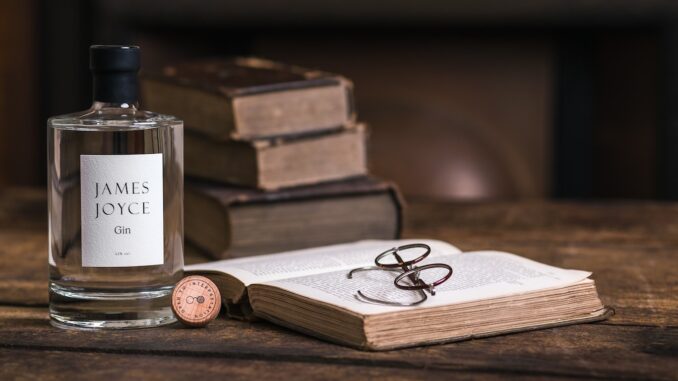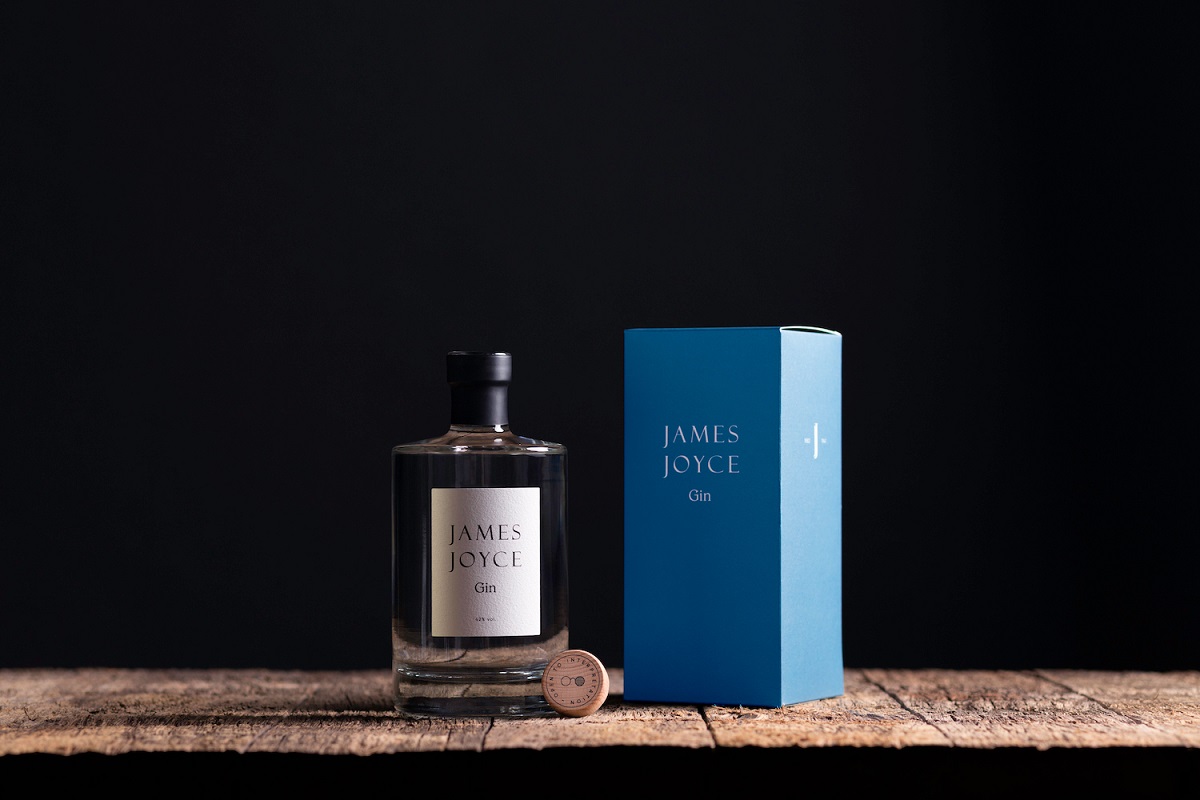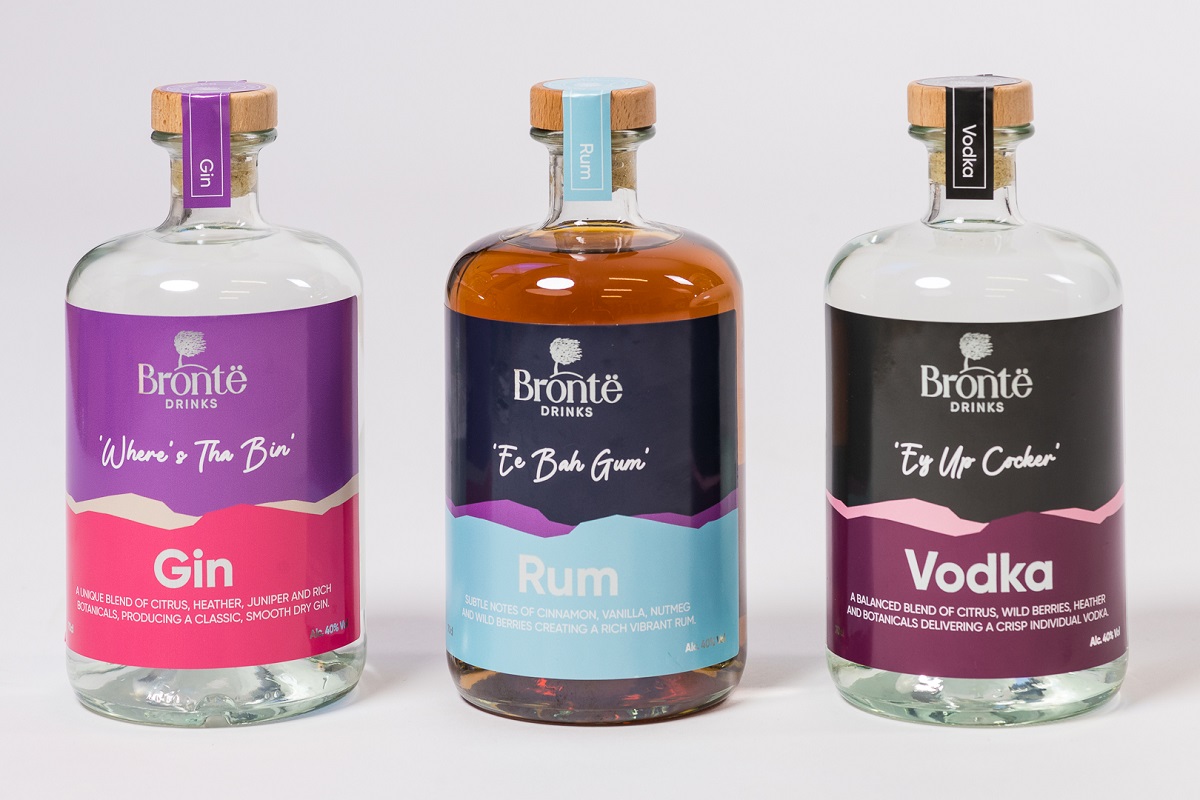
“I am impatient to know how the Gin Punch succeeded with you. It is the most wonderful beverage in the world.”
The Charles Dickens Museum in London once acquired 300 pieces of Dickens memorabilia from an American collector including letters to his editor, William Henry Wills and a note to his butler instructing him, to keep some ‘gin punch’ under the dinner table for himself and the editor of Punch magazine.
Dickens wrote about gin-soaked London. But although he loved gin, one hasn’t been named after him. Although you can make your own Dickensian gin punch. His great-grandson Cedric disclosed the family of two cups of gin, two of sweet Madeira wine, a tablespoon of dark brown sugar, the peel and juice of a lemon and an orange, a whole peeled, cored and sliced pineapple, three whole cloves, three cinnamon sticks and a pinch of ground nutmeg.
Gin makers have been slow to bottle the nation’s literary giants. The New York Distilling Company make Dorothy Parker Gin. There is a Lord Byron Distillery in New South Wales and a Beckett’s in Kingston on Thames. But don’t have anything to do with Samuel or boast Byronic connections.
Abbotsford House, Sir Walter Scott’s home in the Scottish borders, produces its own gin. The Gower Gin Company makes Gwyr Rhosili Welsh Gin bearing a picture of Dylan Thomas.

With stills named Portia and Orphelia, there is the Stratford Distillery at Drayton Manor Farm in Stratford upon Avon. All of Shakespeare’s 38 plays mention alcohol. In “Hamlet”, one of the gravediggers reminds that Yorick “pour’d a flagon of Rheinish” over his head. Petruchio drinks “Muscadel” in “The Taming Of The Shrew”. Lady Macbeth spikes a posset (thick cream and lemon curdled with wine). Malmsey (from the malvasia grape) is drunk in “Love Labours Lost”, “Henry IV Part IV “and “Richard 111”. Falstaff loved his “sherry sack.”
But no gin. As it hadn’t arrived from Holland yet.
But Shakespeare famously planted a mulberry tree in the gardens of his home ‘The New Place’ in Stratford. The oldest mulberry tree in the Great Garden today is reputed to have been grown from a cutting taken from the original tree. Peter Monks says:
“We work in partnership with The Shakespeare Birthplace Trust to harvest the fruit from these trees each year to produce a special batch of New Place Mulberry Gin.”
Stratford Distillery’s logo is a quill. However, its bottles refrain from carrying the caveat:
“Drink sir, is a great provoker of three things… nose-painting, sleep and urine. Lechery, sir, it provokes, and unprovokes; it provokes the desire but takes away the performance.”
Ireland – that “isle of dreadful thirst” – has a James Joyce Gin.
Joyce’s father worked as the secretary of the Dublin and Chapelizod Distiller, Denis Kilty. Joyce’s gin label is made from 100 per cent cotton, honouring the paper material used in the printing of the first edition of “Ulysses”. The original blue box celebrates its iconic cover which pays tribute to both the Greek flag and The Odyssey – the framework for his epic novel.

Joyce’s distinctive ‘Windsor’ spectacles appear on the natural wood cork. Appropriately, with the left lens blacked out. The horizontal lines recall how he was a visionary with impaired vision.
The ingredients or botanicals pay further tribute to the fruits and spices on the dinner table in his famous short story, “The Dead”, the final story in the Dubliners collection, published in 1914.
Joyce was fond of Swiss Chasselas wine and Jameson’s whiskey. When asked what made it special. he said it was made from the water of the river Liffey “mud and all.”
He is said to have had ‘JJ’ in the Jameson typeface engraved in his wallet. But wine was his “electricity”.
The cap of every Joycean gin bottle bears the tagline in honour of Ireland’s famous writer – “Open to interpretation”.
The latest literary inspiration for a gin is an unlikely one – the Bronte family. Nigel Pickles and Andy Walker bought The Brontë Liqueur Company from its Harrogate founder, Sir James Aykroyd, and using the liqueur’s base recipe of blackberry, sloes, honey and jasmine, began experimenting with new flavour combinations in a range of spirits. And founded the Spirits of Bronte Drinks Company.
Haworth-based Pickles says:
“We’ve been experimenting with flavours including citrus, heathers and rich botanicals to create a rich, smooth and dry gin, alongside a vanilla and nutmeg infused rum and a wild berry-based vodka. Each batch is enhanced by Haworth’s own spring water.”
The gins haven’t got overly literary names. The vodka is called “Ey Up Cocker”, the rum “Ee Bah Gum” rum and the gin, “Where’s Tha Bin?”
Author Bio:
Kevin Pilley is a former professional cricketer and chief staff writer of PUNCH magazine. His humour, travel, food and drink work appears worldwide and he has been published in over 800 titles.


Be the first to comment